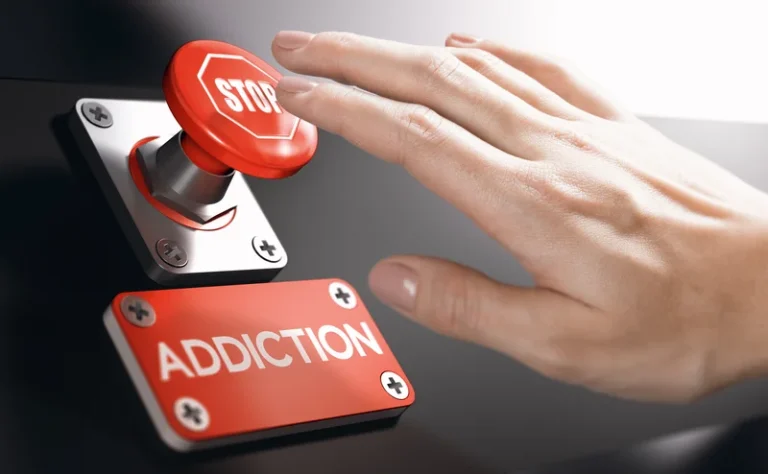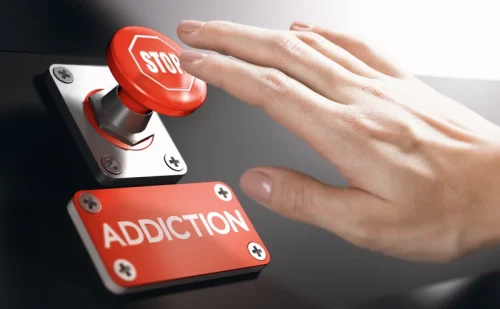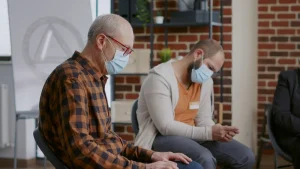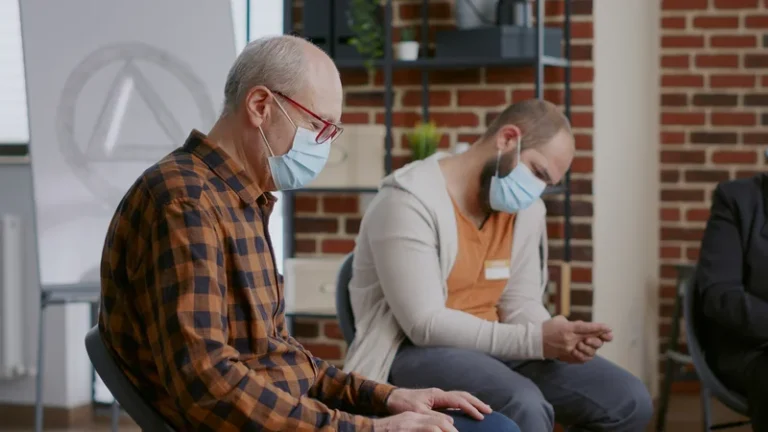Signs of Drug Abuse and Alcohol Abuse Symptoms of Addiction

Many people with alcohol use disorder hesitate to get treatment because they don’t recognize that they have a substance abuse in older adults problem. An intervention from loved ones can help some people recognize and accept that they need professional help. If you’re concerned about someone who drinks too much, ask a professional experienced in alcohol treatment for advice on how to approach that person. Alcohol use disorder is a pattern of alcohol use that involves problems controlling your drinking, being preoccupied with alcohol or continuing to use alcohol even when it causes problems.

How to Prevent Addiction to Prescribed Painkillers

In life-threatening circumstances, an ambulance should usually be summoned by calling 911. You are not expected to know when a drug overdose is serious. The cause of a drug overdose is either by accidental overuse or by intentional misuse.
Causes and Risk Factors

When drug use becomes a priority in someone’s life, hygiene and outward appearance may become less and less important. Some may forget they haven’t taken care of themselves because of the mental effects of their drug use. Others simply stop caring as their time is consumed by the high and then getting more of their drug so they can get high again. This means the body becomes physically dependent on alcohol and it can lead to physical signs of alcoholism. Alcohol is one of the most widely abused substances in the US. According to the National Institute on Alcohol Abuse and Alcoholism, in 2012, 17 million adults ages 18 and older had alcohol use disorder in the United States.
Look for changes in health
- Participating in self-help programs, like Narcotics Anonymous, can also play a significant role in SUD treatment.
- We publish material that is researched, cited, edited and reviewed by licensed medical professionals.
- While naloxone has been on the market for years, a nasal spray (Narcan, Kloxxado) and an injectable form are now available, though they can be very expensive.
- In life-threatening circumstances, an ambulance should usually be summoned by calling 911.
- Healthcare professionals diagnose SUDs using criteria from the Diagnostic and Statistical Manual of Mental Disorders, 5th edition, text revision (DSM-5-TR).
If you notice that your loved one has a drastic change in their usual mood, either they are extremely euphoric or drowsy, it could indicate drug use. Drug and alcohol addictions are diseases, but they are treatable. The signs of hallucinogen use vary depending on the specific hallucinogen in question. LSD may cause a person to act impulsively and experience hallucinations.

Drug addiction can start with experimental use of a recreational drug in social situations, and, for some people, the drug use becomes more frequent. For others, particularly with opioids, drug addiction begins when they take prescribed medicines or receive them from others who have prescriptions. Sometimes substance abuse is the cause for such behavioral changes. Knowing if this is the case can be the difference between life and death. There are some tell-tale signs that can shed light on the issue and may lead to intervention and treatment. Many people struggling with addiction cannot support healthy relationships because their priority is drug use.
When you’re addicted, you may continue using the drug despite the harm it causes. It is currently estimated that about 10% of adults struggle with a substance abuse disorder. Though your loved one may not admit to having a drug problem, it is important to be able to recognize the signs of drug abuse. Opioids include both prescription painkillers, like Vicodin and OxyContin, and the illicit drug heroin. Signs of opioid abuse include overall sedation, memory issues, inability to concentrate, slowed reaction times, lethargy, and mood swings. Since opioids can slow the digestive system, users often experience constipation and other intestinal issues.
Conditions
Treatment doesn’t have to be voluntary to be successful. People who are pressured into treatment by their family, employer, or the legal system are just as likely to benefit as those who choose to enter treatment on their own. As they sober up and their thinking clears, many formerly resistant addicts decide they want to change. While naloxone has been on the market for years, a nasal spray (Narcan, Kloxxado) and an injectable form are now available, though they can be very expensive. Whatever the method of delivery, seek immediate medical care after using naloxone.
- These drugs can cause severe intoxication, which results in dangerous health effects or even death.
- You can get addicted to alcohol, nicotine, sleep and anti-anxiety medications, and other legal substances.
- At some point, addiction becomes a trap of endless repetition that loses whatever allure it once held.
- A person may have flushed skin and broken capillaries, particularly in the face.
Marijuana, hashish and other cannabis-containing substances
A provider can help you make adjustments throughout your life as needed. They release dopamine, a chemical in your brain that makes you feel good — until the substance wears off. Your brain and body want to continue this good feeling, even if it’s unhealthy. It can significantly impact your emotional well-being, relationships, education and career. Continued use of the substance may lead to changes in the brain’s structure and function.



